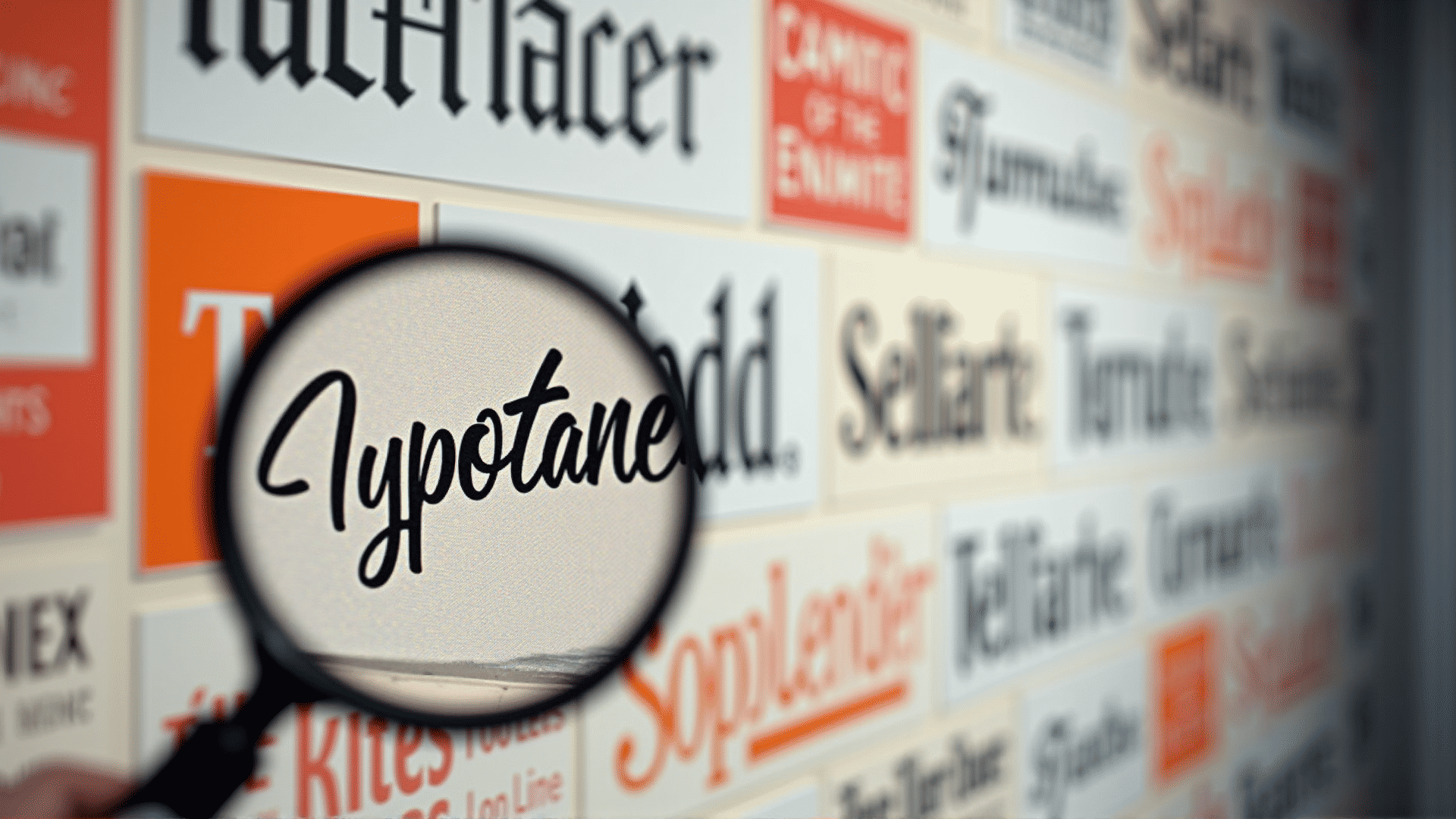In the art of visual creation, text becomes more than just a medium of communication. It evolves into an essential element that contributes to the readability and overall aesthetic of a project. To craft text that is both stylish and easily understood, it is crucial to delve into the foundational elements of typography, namely font choice, spacing, and alignment.
Font Selection:
Choosing the right font is the first step to achieve impactful text. Fonts are not only a reflection of the tone and mood of a piece but also significantly impact how text is perceived. Serif fonts, with their traditional flair, evoke formality and authority, making them suitable for longer text blocks. On the other hand, sans-serif fonts offer a modern and clean feel, ideal for short headings or digital screens. When picking a font, consider its personality and how it aligns with the intended message; ensure it enhances rather than distracts from the content.
Optimal Spacing:
The space around and between characters and lines is a subtle yet powerful tool in ensuring clarity and legibility. Kerning, the adjustment of space between individual letters, can be used to refine type, ensuring even spacing that makes reading effortless. Similarly, leading, or the space between lines of text, should be sufficient to avoid cramping and improve flow, especially in dense paragraphs. Generous spacing allows readers to easily navigate through text, reducing strain and preserving engagement.
Effective Alignment:
Alignment dictates the overall feel of a text block. Left alignment is often the go-to for its natural readability in left-to-right reading cultures, allowing for a relaxed and familiar layout. Center alignment can create a formal or symmetrical arrangement, suitable for titles or invitations, though it should be used sparingly to avoid disrupting readability in larger text bodies. Right alignment, while less common, can create a dramatic impact but should be reserved for special occasions due to its non-traditional appeal.
Harmonizing Typography Elements:
To create a cohesive visual experience, it is vital to harmonize these three elements—font selection, spacing, and alignment. The interplay between them can dramatically influence the aesthetic and functional quality of text. Selecting fonts that complement each other in terms of style and weight can prevent the design from becoming visually overcrowded. Consistent spacing and alignment further unify different typographic elements, creating a seamless reading experience.
In conclusion, mastering typography is a blend of art and science, requiring attention to detail and a consideration of the message. By focusing on these core principles, one can elevate text beyond basic communication, transforming it into an integral part of any creative project that is both pleasing to the eye and effortless to read.
